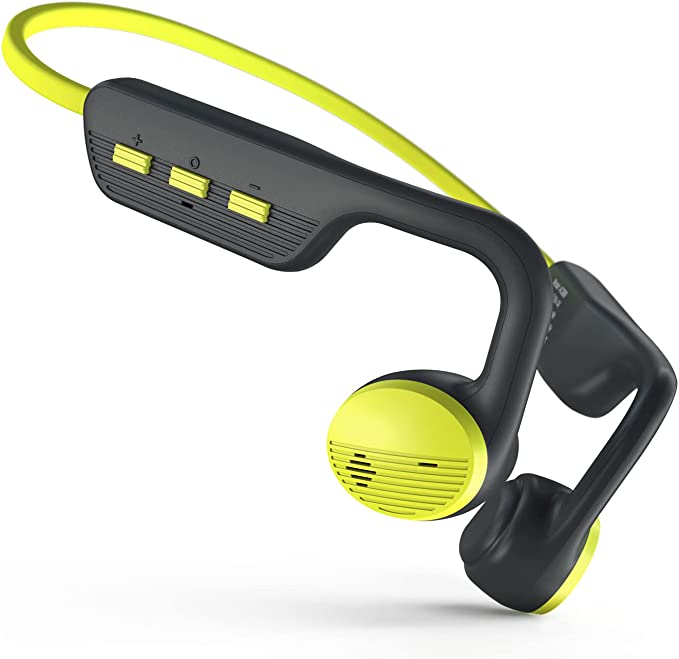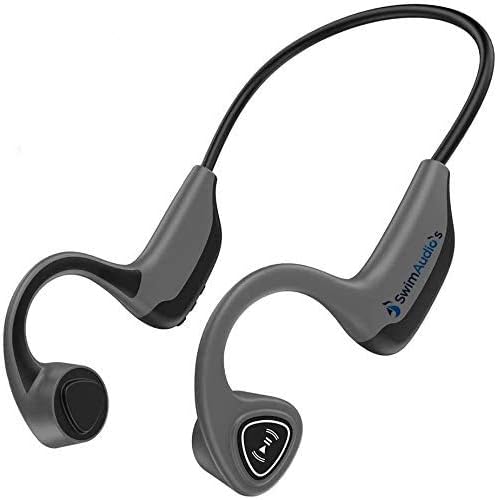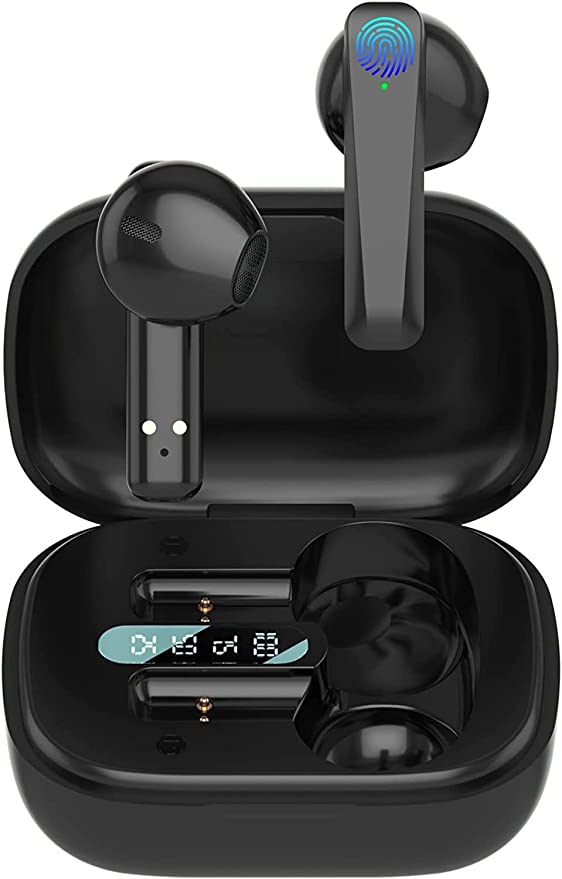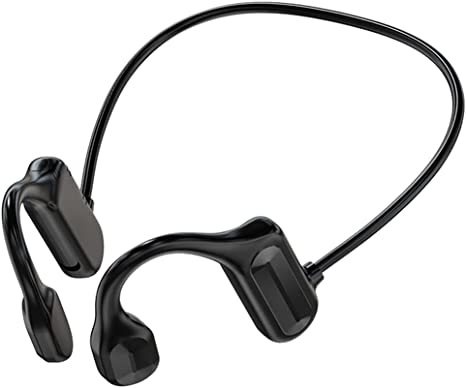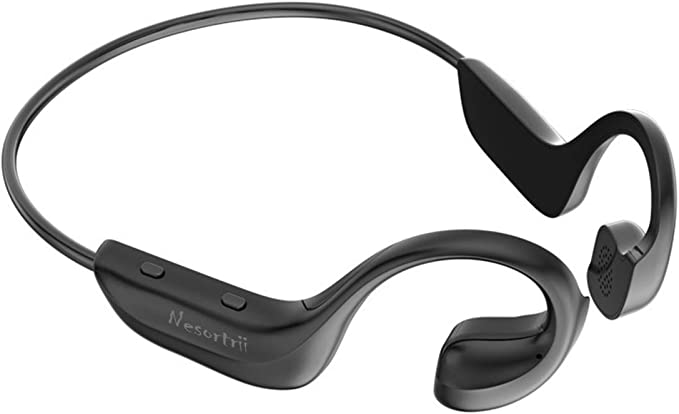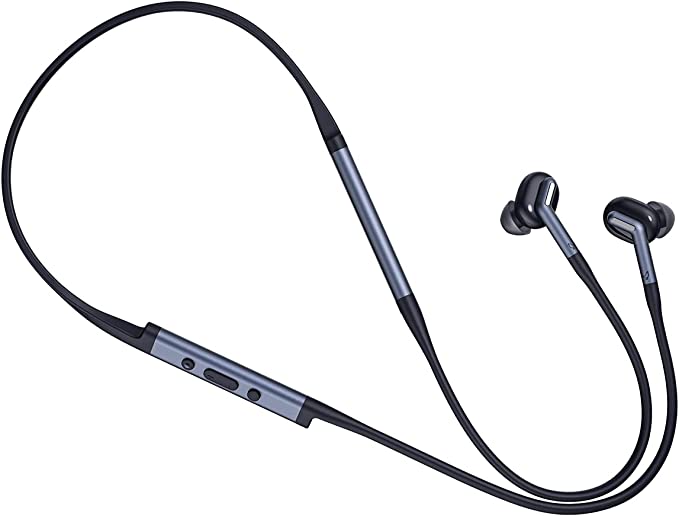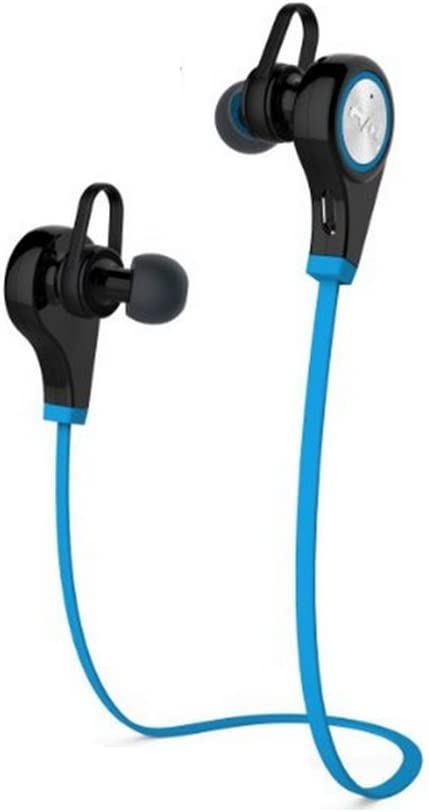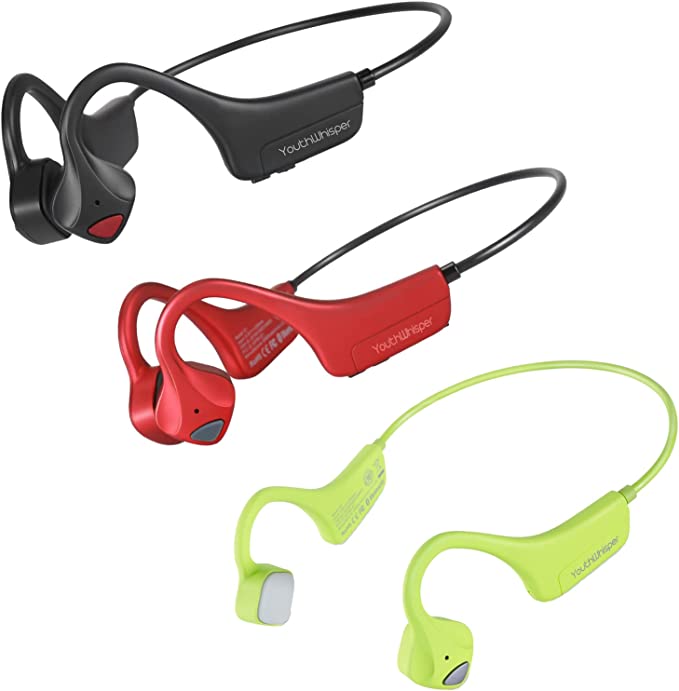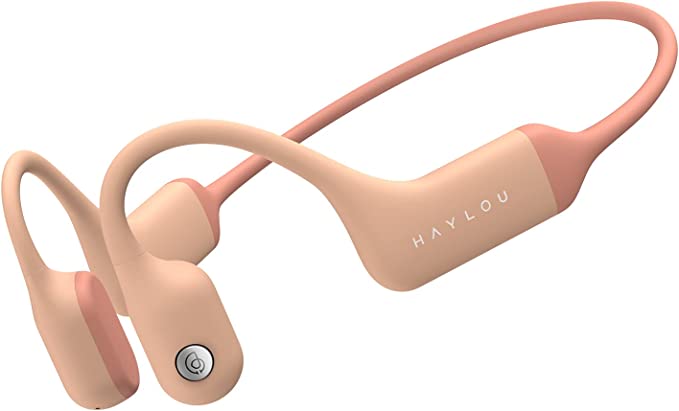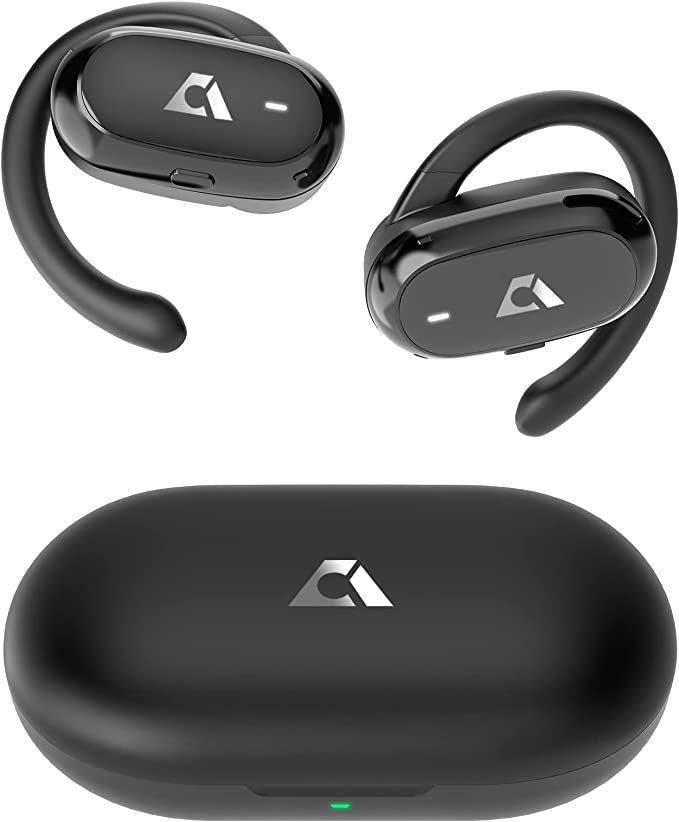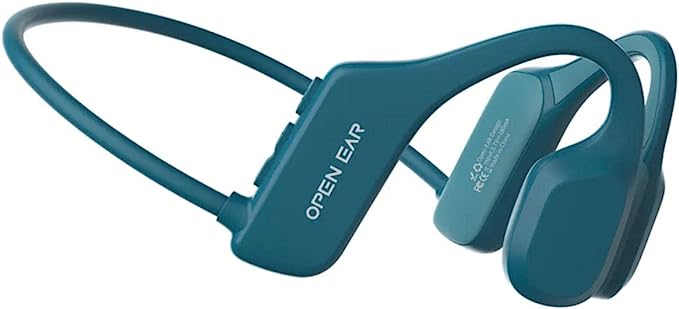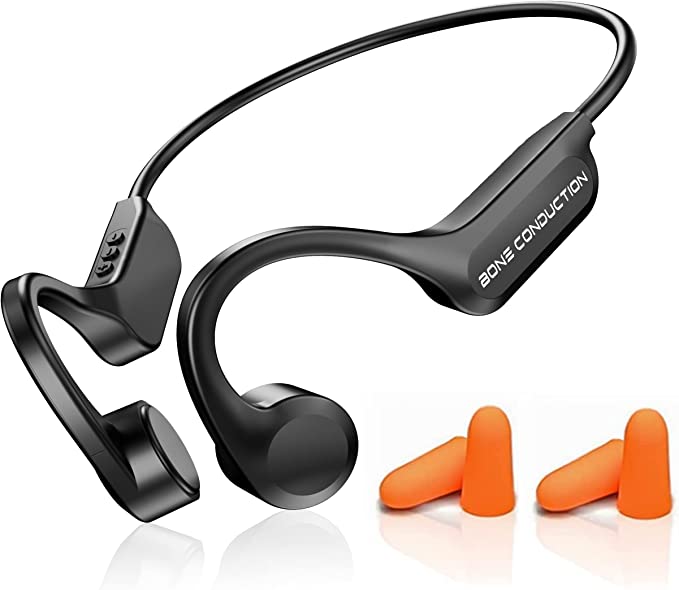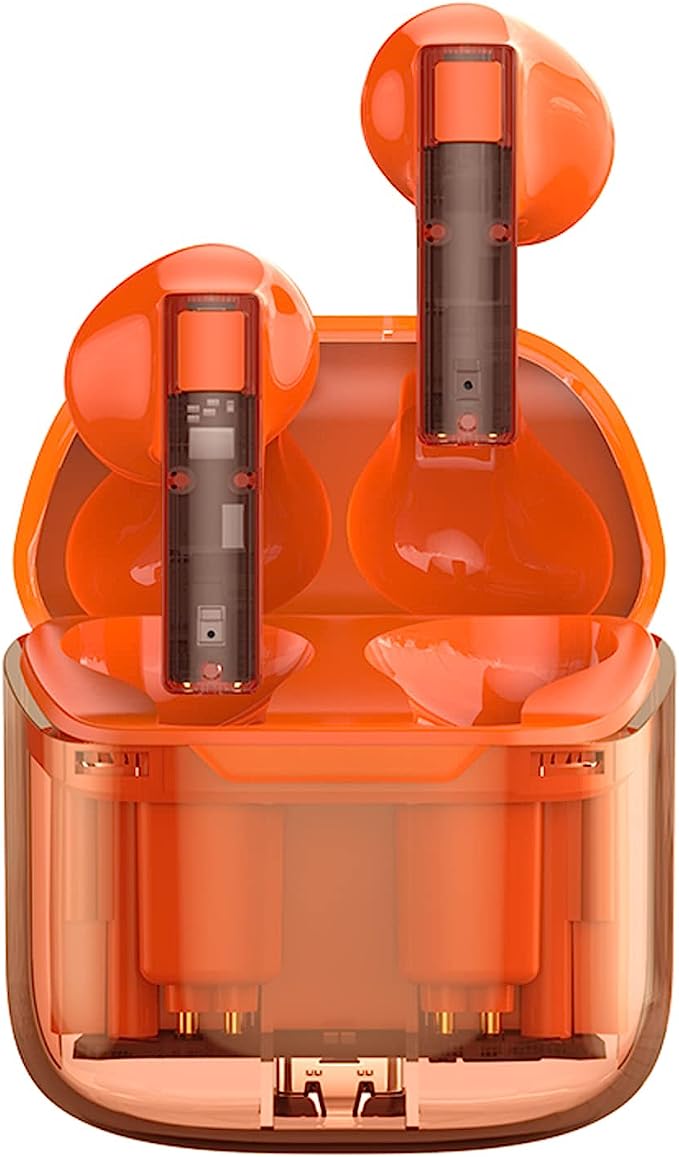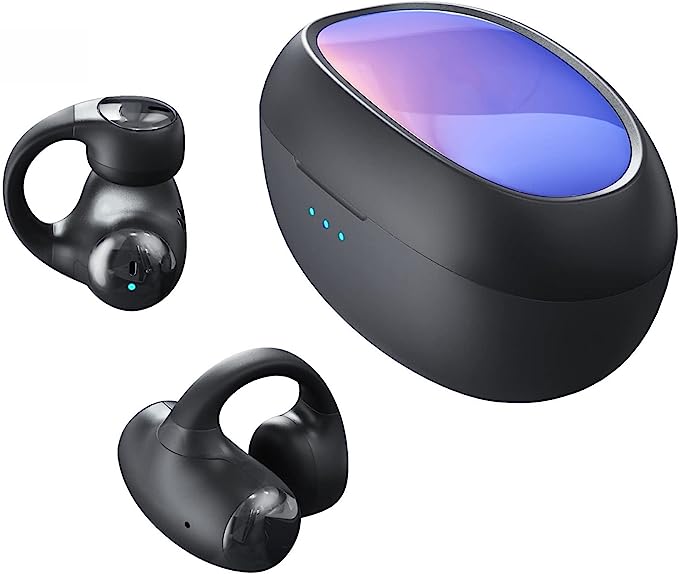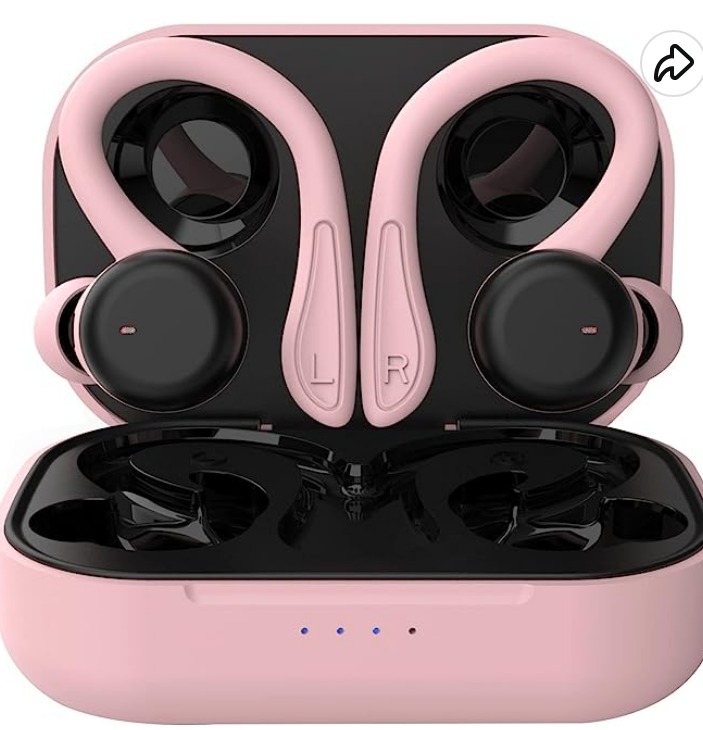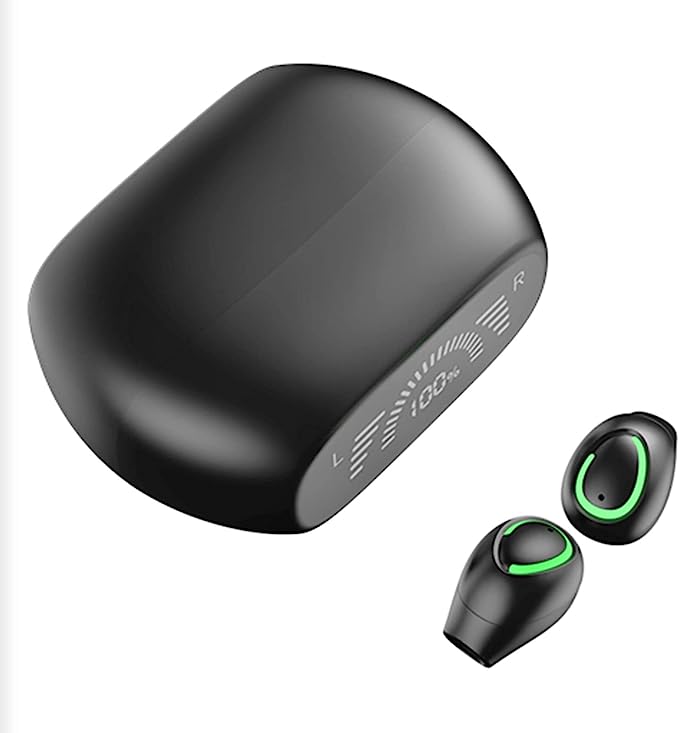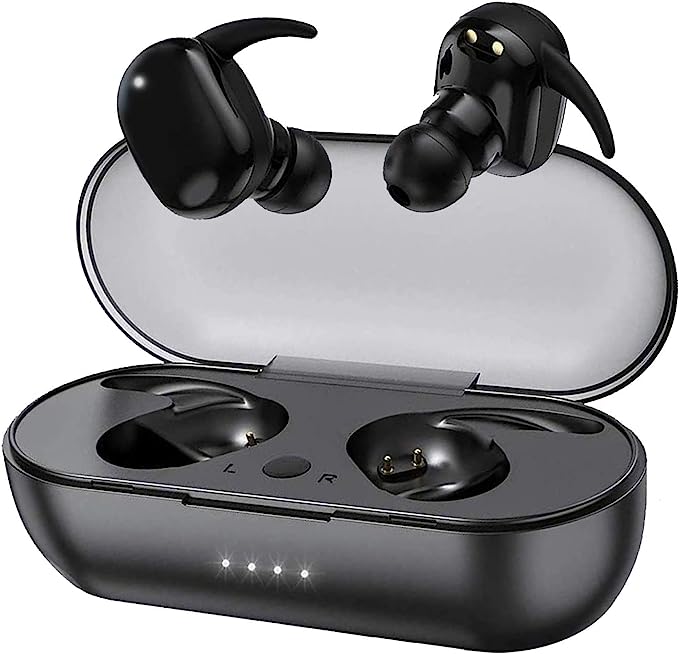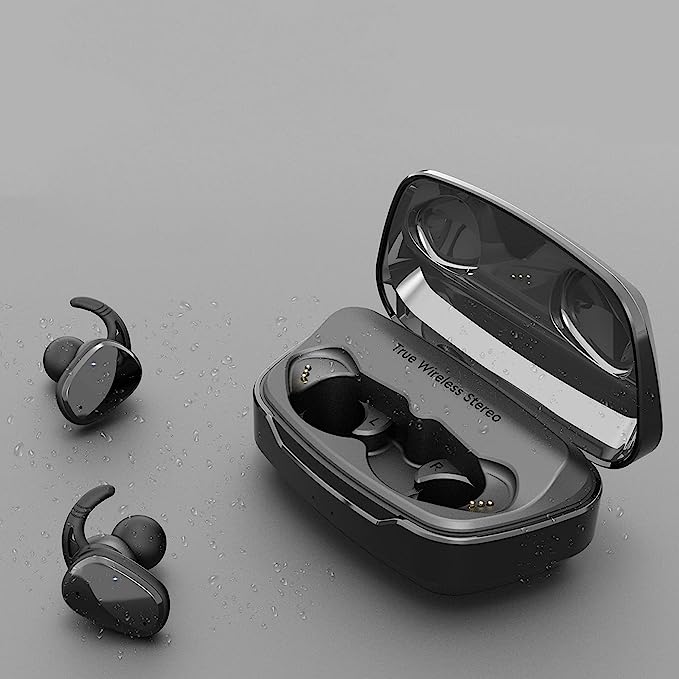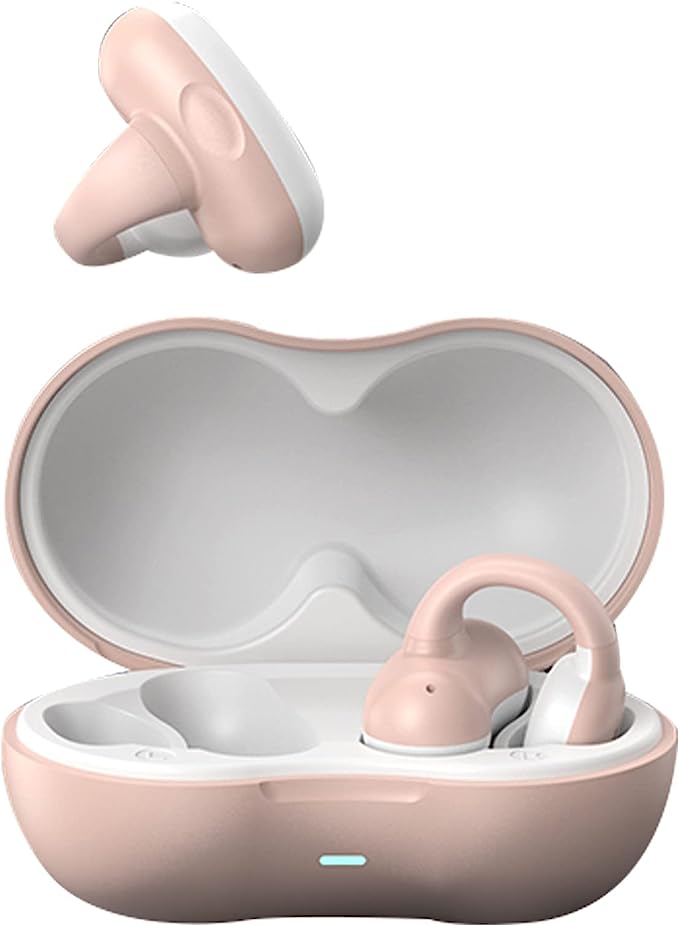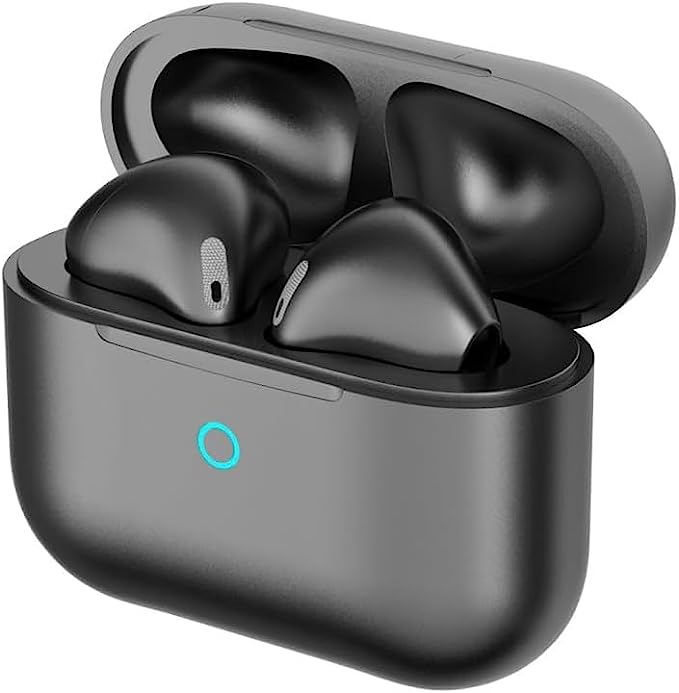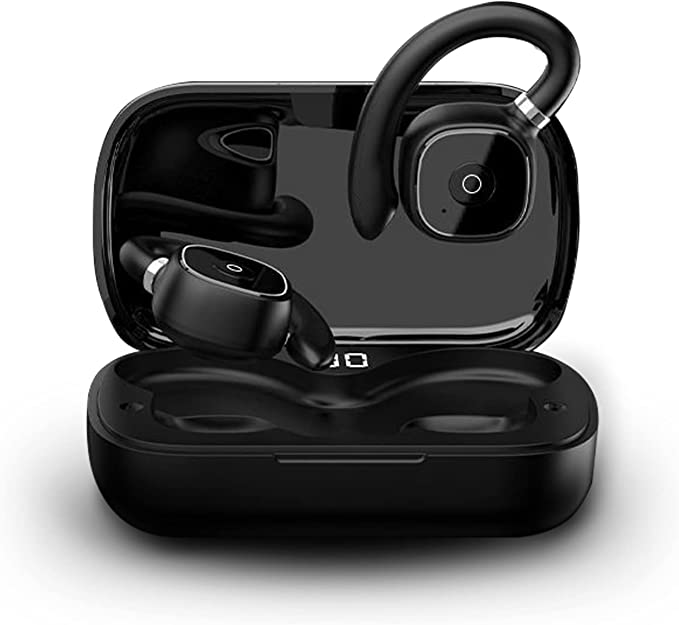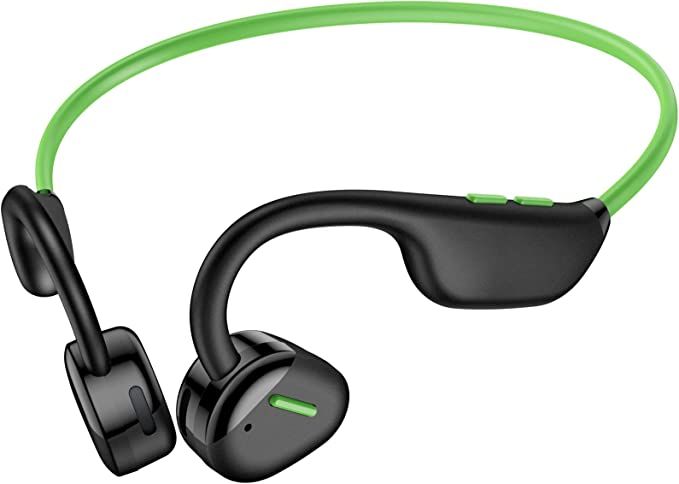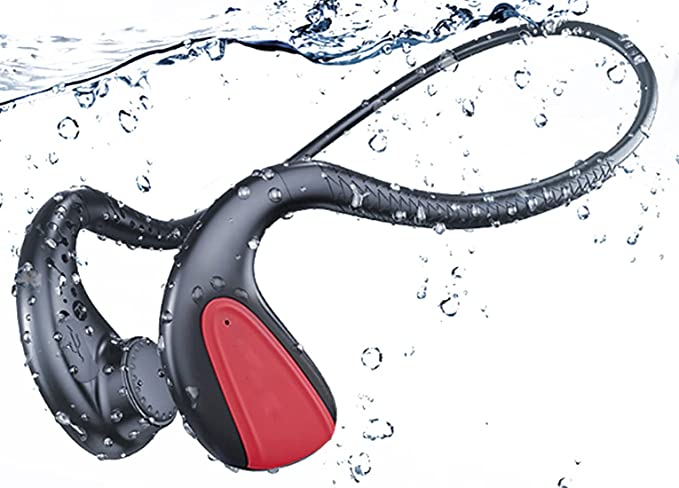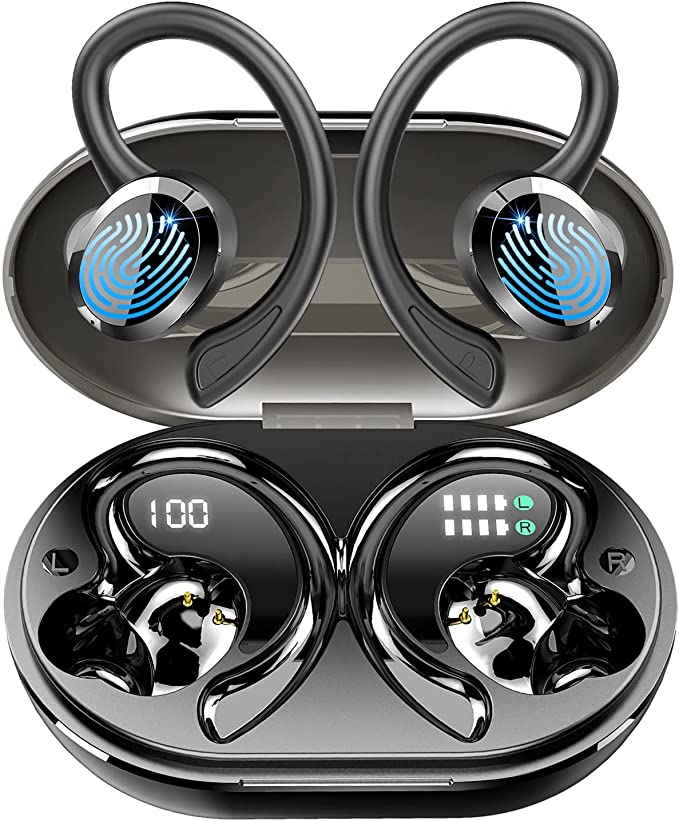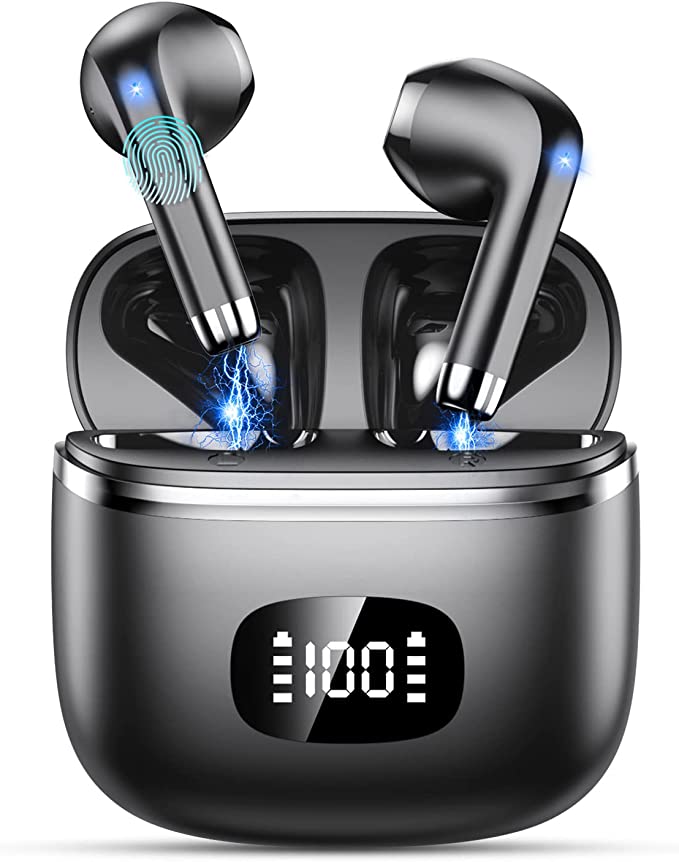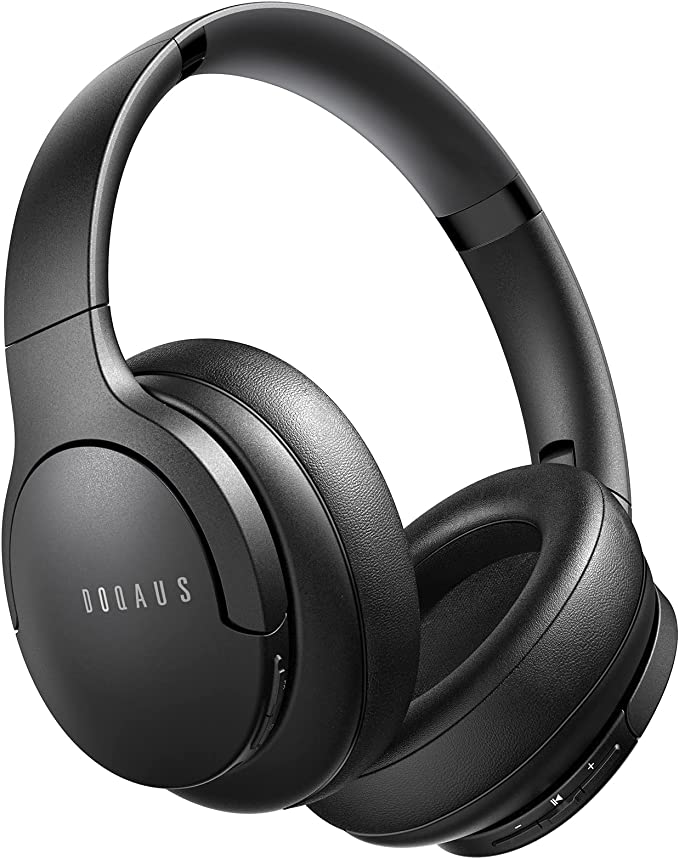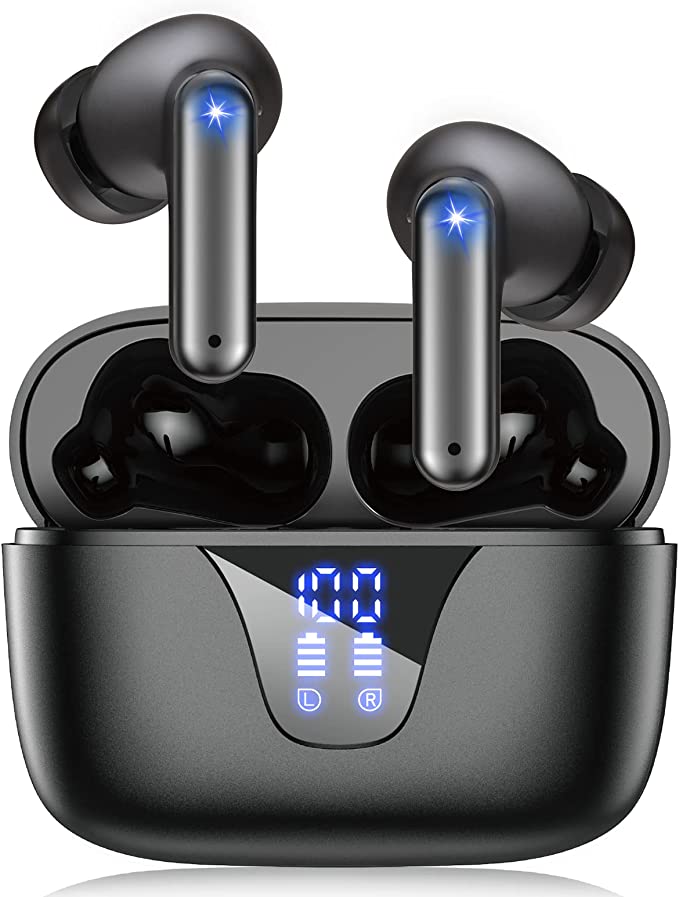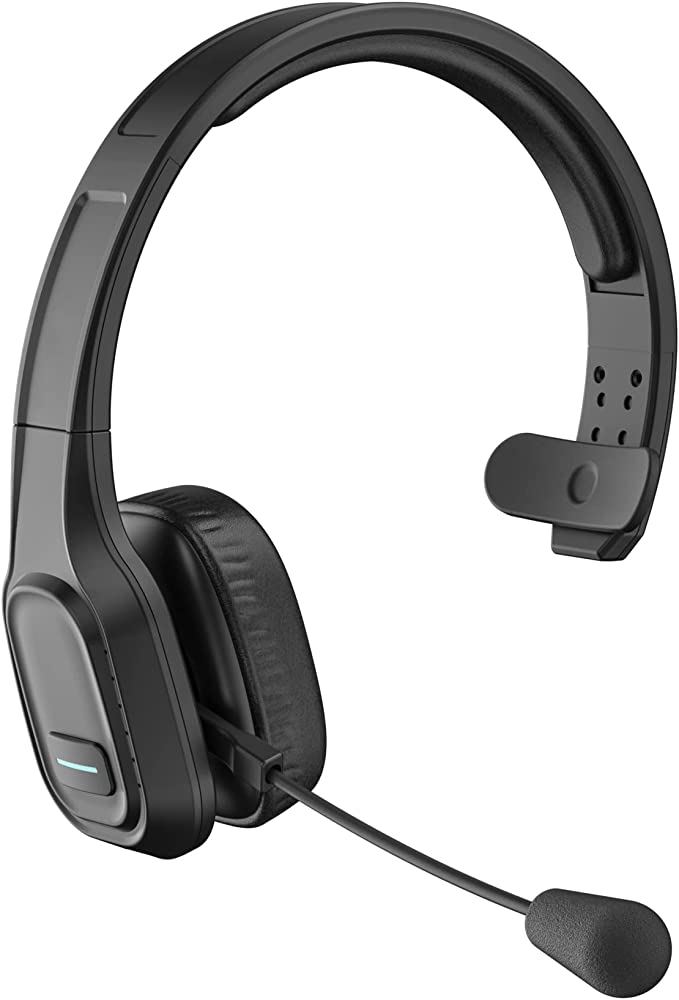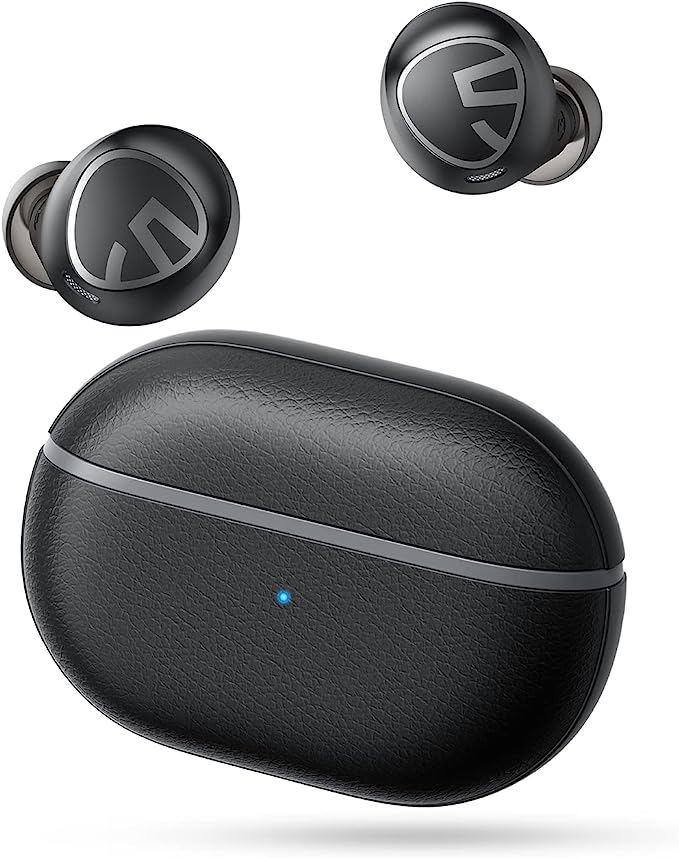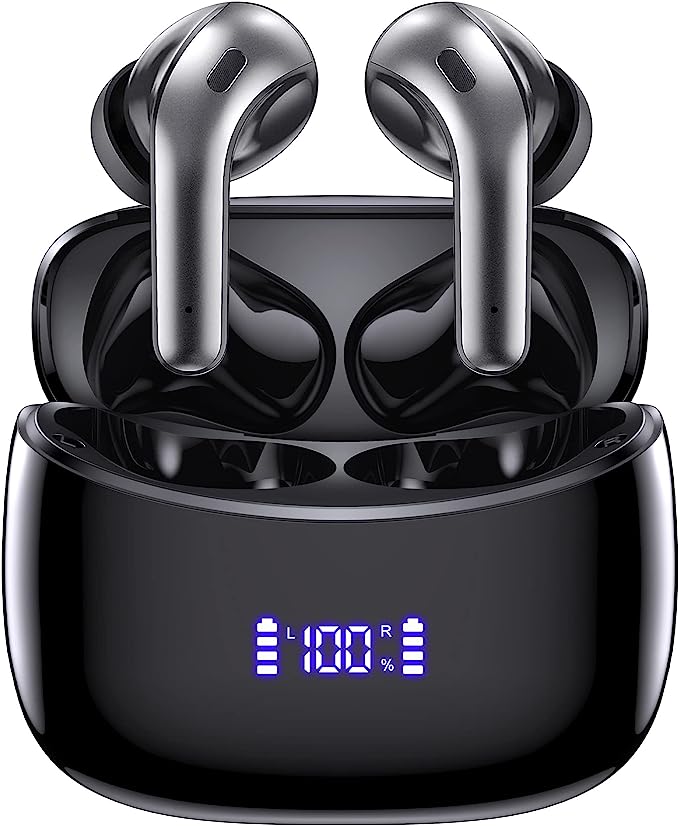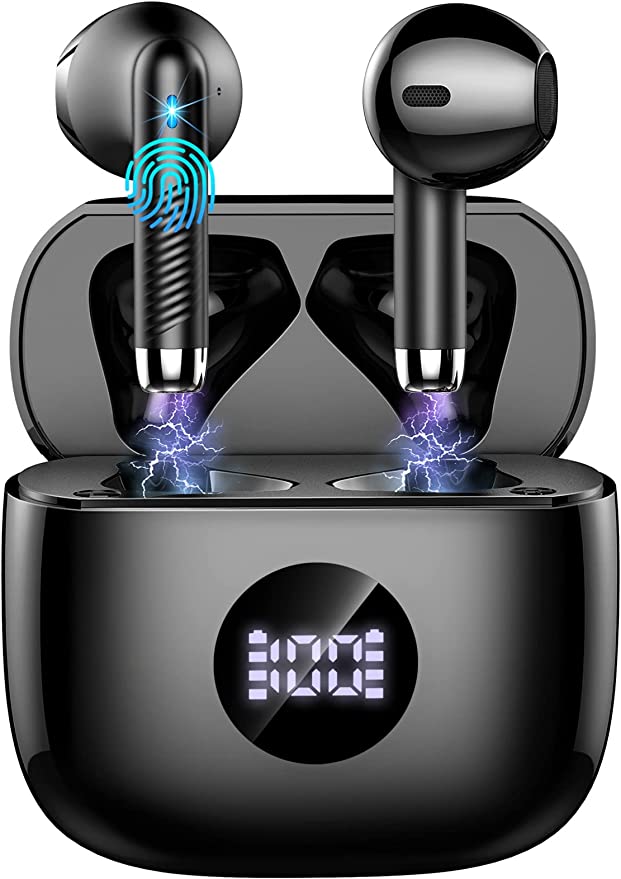Xmenha Open Ear Bone Conduction Earbuds: Stay Aware, Stay Safe
Update on March 20, 2025, 6:02 p.m.
We live in a world saturated with sound. From the moment we wake up to the time we go to sleep, we’re constantly bombarded with auditory information. We rely on headphones to deliver music, podcasts, and calls directly to our ears. But what if there was a different way to listen, a way that kept your ears open to the world around you while still providing a rich and personal audio experience? That’s the promise of bone conduction technology.

The Science of Sound: Air vs. Bone
Traditionally, we experience sound through air conduction. Sound waves, created by vibrations, travel through the air and enter our ear canal. These waves cause our eardrum to vibrate, and those vibrations are then transmitted through tiny bones in the middle ear (the malleus, incus, and stapes) to the cochlea, a fluid-filled, spiral-shaped structure in the inner ear. The cochlea converts these vibrations into electrical signals that are sent to the brain, where they are interpreted as sound.
Bone conduction, however, takes a different route. Instead of sending sound waves through the air and into the ear canal, it utilizes the natural conductive properties of our bones. Bone conduction devices, like the Xmenha Open Ear Bone Conduction Earbuds, create vibrations that are transmitted directly through the bones of the skull, typically the cheekbones, to the cochlea. This bypasses the eardrum and middle ear entirely.
A Journey Through Bone: How Bone Conduction Works
Imagine tapping your finger on your temple. You hear a sound, right? That’s bone conduction in action. The vibrations created by your tapping travel through the bones of your skull to your inner ear, where they are processed as sound. Bone conduction headphones work on the same principle, but instead of your finger, they use tiny transducers to generate vibrations.
These transducers convert electrical signals into mechanical vibrations. When placed against the bones of the skull, these vibrations travel directly to the cochlea, stimulating the hair cells within. These hair cells are responsible for converting the vibrations into electrical signals that are sent to the auditory nerve and then to the brain, where they are perceived as sound.
From Beethoven to Bluetooth: A Brief History of Bone Conduction
While it might seem like a cutting-edge technology, bone conduction has a surprisingly long history. One of the earliest, and perhaps most famous, examples of bone conduction in action involves the composer Ludwig van Beethoven. As he began to lose his hearing, Beethoven reportedly used a rod attached to his piano, which he would clench between his teeth. The vibrations from the piano would travel through the rod and the bones of his jaw to his inner ear, allowing him to continue composing even as his hearing deteriorated.
The first practical application of bone conduction for hearing assistance came in the form of bone-anchored hearing aids (BAHA). These devices, still used today, are surgically implanted and directly transmit sound vibrations to the skull, bypassing damaged parts of the outer or middle ear. It’s only in recent years that bone conduction technology has made its way into consumer headphones, offering a unique alternative to traditional earbuds and headphones.
Xmenha: Open-Ear, Open Possibilities
The Xmenha Open Ear Bone Conduction Earbuds represent a significant step forward in this evolution. These earbuds are designed to provide a safe, comfortable, and immersive listening experience without blocking your ear canals. This “open-ear” design is the core of their appeal, allowing you to enjoy your audio while remaining fully aware of your surroundings. This is particularly beneficial for activities like running, cycling, or simply walking down a busy street, where situational awareness is crucial.
Light as a Feather, Secure as a Rock: Comfort and Stability
One of the most common complaints about traditional earbuds is discomfort, especially during extended use. The Xmenha earbuds address this issue head-on with their incredibly lightweight design. Weighing in at just 0.1 ounces, you’ll barely notice they’re there. The earbuds are crafted from soft, skin-friendly silicone, ensuring a gentle and comfortable fit.
But comfort isn’t the only consideration. Stability is equally important, especially for active users. The Xmenha earbuds feature an ear-clip design that wraps securely around the ear, providing a stable and reliable fit even during vigorous movement. Whether you’re running a marathon, hitting the gym, or simply going about your daily routine, these earbuds will stay put.
Staying Connected: The Power of Bluetooth 5.3
The Xmenha earbuds utilize the latest Bluetooth 5.3 technology to provide a seamless and reliable wireless connection. Bluetooth 5.3 offers several significant advantages over previous versions. It boasts improved connection stability, reducing the likelihood of dropouts or interruptions. It also offers lower latency, which is crucial for watching videos or playing games, ensuring that the audio stays synchronized with the visuals. Furthermore, Bluetooth 5.3 is more energy-efficient, contributing to the earbuds’ impressive battery life.
Clear Calls, No Matter Where: Environmental Noise Reduction
In today’s connected world, clear communication is essential. The Xmenha earbuds incorporate environmental noise reduction (ENR) technology to ensure that your voice is heard clearly during calls, even in noisy environments. This technology utilizes two microphones that work in tandem. One microphone picks up your voice, while the other captures ambient noise. Sophisticated algorithms then process these signals, filtering out the background noise and enhancing your voice, resulting in clear and natural-sounding calls.
Power Through Your Day: Battery Life and Charging
Battery anxiety is a real concern with wireless devices. The Xmenha earbuds address this with an impressive battery life. On a single charge, you can enjoy up to 6.5 hours of continuous playback. The included charging case extends this significantly, providing a total of up to 30 hours of listening time. This means you can power through your entire day, whether it’s filled with workouts, commutes, or work calls, without worrying about running out of juice. The charging case itself is conveniently charged via a USB-C port, the current standard for fast and efficient charging. A full charge of the earbuds takes approximately 1.5 hours.
Beyond the Basics: Exploring the Technology Behind Xmenha
While the user-facing features of the Xmenha earbuds are impressive, it’s worth delving deeper into the underlying technology that makes them possible. The core of the Xmenha, of course, is the bone conduction transducer. These transducers are typically either piezoelectric or magnetostrictive. Piezoelectric transducers use a material that changes shape when an electric current is applied, creating vibrations. Magnetostrictive transducers, on the other hand, use a magnetic field to generate vibrations. While the provided materials don’t definitively state which type of transducer the Xmenha uses, understanding the basic principles helps appreciate the engineering involved.
The digital signal processing (DSP) within the earbuds also plays a crucial role. The DSP chip is responsible for shaping the audio signal, optimizing it for bone conduction transmission. This involves adjusting the frequency response to compensate for the different way sound travels through bone compared to air. It also likely includes algorithms to minimize sound leakage and enhance clarity.
Sound and Safety: The Benefits of Open-Ear Listening
One of the most significant advantages of bone conduction headphones, and a key selling point of the Xmenha earbuds, is the open-ear design. This design leaves your ear canals completely unobstructed, allowing you to hear ambient sounds alongside your audio. This is crucial for safety in many situations.
For runners and cyclists, it means being able to hear approaching traffic, sirens, or other warning signals. For those working in an office, it allows for easy conversation with colleagues without needing to remove the earbuds. Even for everyday activities like walking down the street, maintaining awareness of your surroundings is essential for safety and peace of mind. The Xmenha design prioritizes this situational awareness.
Caring for Your Hearing: Bone Conduction and Hearing Health
While no headphone can completely eliminate the risk of hearing damage (primarily caused by excessive volume), bone conduction headphones offer some potential benefits for hearing health. Because they bypass the eardrum, they may be a suitable option for individuals with certain types of conductive hearing loss, where sound transmission through the outer or middle ear is impaired. However, it’s crucial to consult with an audiologist or healthcare professional if you have any concerns about your hearing or before using bone conduction headphones as a hearing aid alternative. Bone conduction’s history is rooted in hearing aid technology, which demonstrates its potential in this area.
It’s important to remember that loud sounds, regardless of how they are delivered to the inner ear, can cause damage. Always listen at a moderate volume and take breaks to give your ears a rest.
The Future is Open: The Evolution of Bone Conduction
Bone conduction technology is constantly evolving. We can expect to see continued improvements in sound quality, particularly in the bass response. Researchers are also working on minimizing sound leakage and improving the efficiency of bone conduction transducers.
Beyond improvements in the core technology, we’re likely to see bone conduction integrated into a wider range of devices and applications. Imagine bone conduction integrated into glasses, helmets, or even virtual reality headsets, providing immersive audio without isolating you from the world around you. The potential applications are vast, and the Xmenha Open Ear Bone Conduction Earbuds are a glimpse into this exciting future. They offer a compelling combination of safety, comfort, and innovative technology, making them a worthwhile consideration for anyone seeking a different way to listen. The open-ear approach isn’t just a trend; it’s a fundamental shift in how we can experience audio, blending our digital world with the reality around us.
